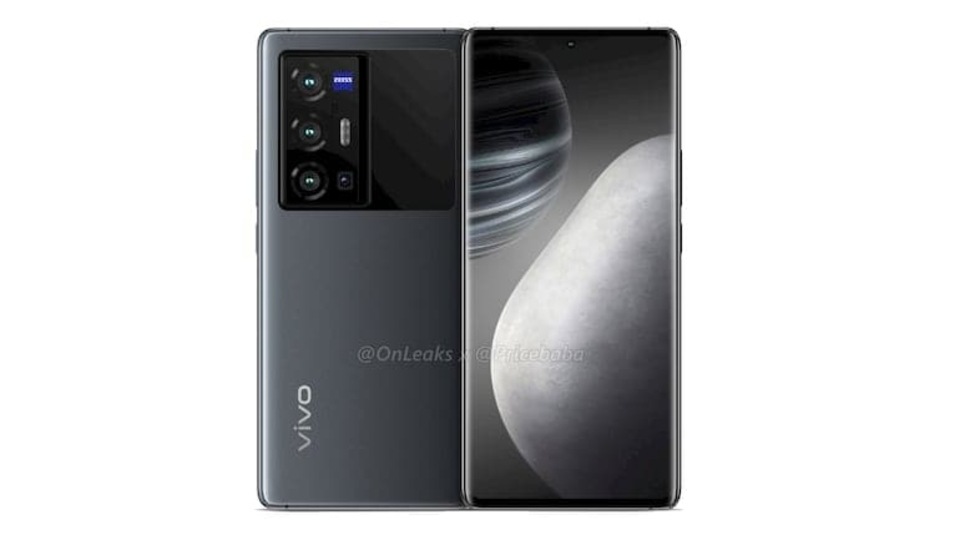Vivo launches its first self-developed V1 ISP chip; to debut on Vivo X70 series
- Executive Vice President Hu Baishan had already confirmed that Vivo was indeed working to launch the Vivo V1 ISP chip.

Vivo was tipped to be working on its own Image Signal Processor (ISP) chip. It was recently leaked online as well. Soon after, the plans were confirmed by the company's Executive Vice President Hu Baishan saying that Vivo is indeed working to launch the Vivo V1 ISP chip. Now, the company has revealed its first self-developed ISP chip - Vivo V1. It will debut on the upcoming Vivo X70 smartphone lineup that will include the Vivo X70, Vivo X70 Pro and Vivo X70 Pro+. The smartphones will be launching soon.
The Vivo V1 was launched by a working group of 300 people, says that company. It is a result of more than 24 months in Research and Development. Plus, Vivo had in-depth cooperation with smartphone processor manufacturers to ensure that Vivo's ISP chip works smoothly with the main processor without any compatibility issues. As per the company, Vivo V1 offers high computing power, low latency, and low power consumption.
The Vivo V1 ISP chip is said to process complex calculations at high speed. Moreover, it can complete parallel processing of data like GPU and DSP. Moreover, it is touted to have a “massive improvement in energy efficiency ratio” as compared to DSP and CPU even when faced with a large number of complex operations. The company has optimized the data storage architecture as well as the high-speed read and write circuits inside the chip to maximize simultaneous processing capacity. It is able to achieve an equivalent of 32MB large cache with on-chip storage.
As for the claims, Vivo says the V1 ISP chip can surpass current flagship desktop processors when it comes to low-latency real-time noise reduction and frame insertion. When processing tasks with the same amount of calculation at high speed, the dedicated algorithm in Vivo V1 reduces the power consumption of the hardware circuit by about 50 percent.
The company has worked with Zeiss to over technical limitations like process and yield and the glass lenses can now offer high light transmittance, ultra-low dispersion, and thermal stability. The AOA dynamic optical calibration process is used to adjust the sharpness reduction by lens thickness errors and lens eccentric errors. Plus, Vivo V1 gets SWC coating technology which ensures that the reflected light is fully suppressed, and the reflectivity is reduced to a minimum of 0.1%, which greatly improves the quality.
Catch all the Latest Tech News, Mobile News, Laptop News, Gaming news, Wearables News , How To News, also keep up with us on Whatsapp channel,Twitter, Facebook, Google News, and Instagram. For our latest videos, subscribe to our YouTube channel.

























